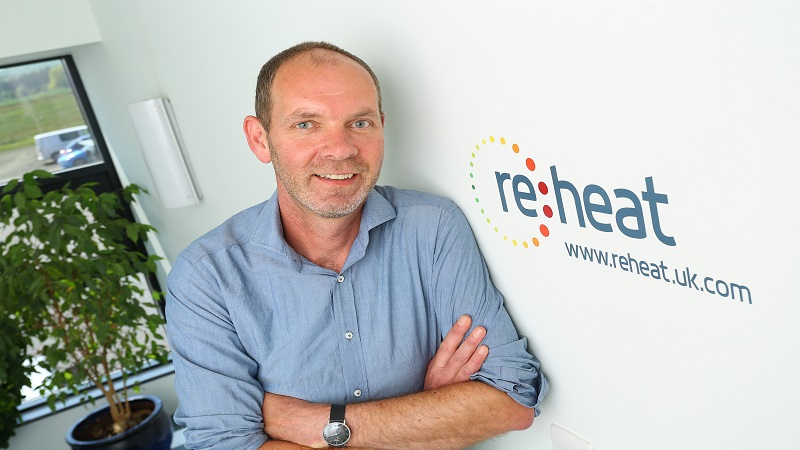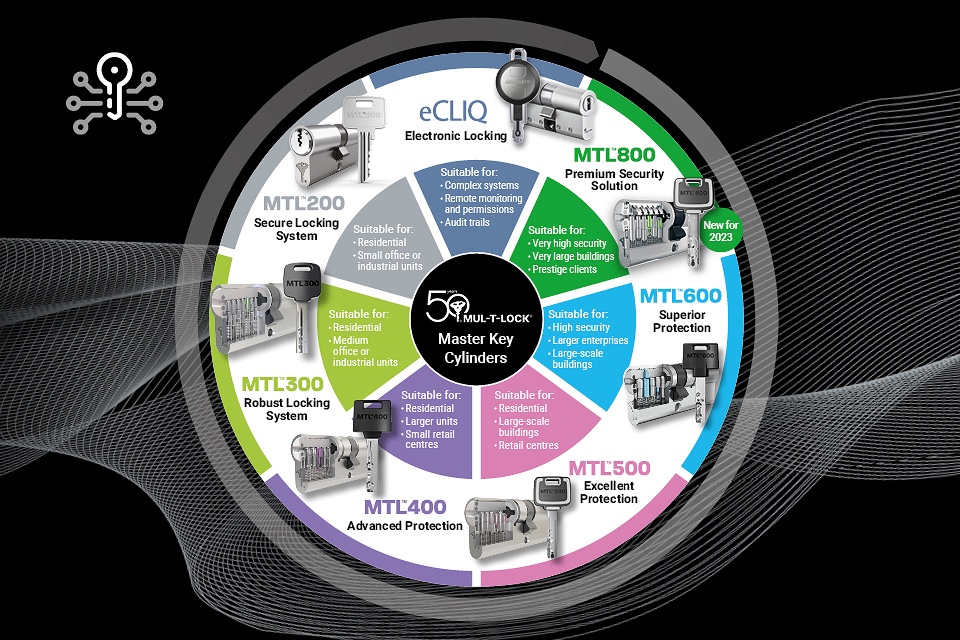In 2009, the UK and Scottish governments of the day set renewable energy targets, theoretically binding, to be reached by 2020. With just four years to go, how are we doing?
So, as we are only four years away, I wanted to examine where we are with the Renewable Heat Target and the role of biomass heat in delivering this. For this article, I want to focus on the renewable heat target and the role biomass is playing in delivering it. And I’m going to pay specific attention to Scotland where some intriguing new data has emerged.
The Scottish Renewable Heat Target for 2020 is 11 per cent, while for reasons unbeknown to me; it’s 12 per cent in the rest of the UK. Beyond the obvious question of whether we will actually meet the target, it’s particularly interesting as the Scottish Government is embarking on an energy review and is setting out its objectives for post-2020.
If the Scottish Renewable Heat Target is going to be met, then 6,420GWhs of annual renewable heat output are needed by that date. At present, Scotland produces 3,031GWhs of renewable heat annually. Biomass heat contributes 1,716GWhs of that total at present and biomass CHP contributes most of the rest.
We can roughly calculate how many heat only biomass installations 1,716GWhs is equal to, as each MW of installed capacity provides around 2,600MWhs of heat output. On that basis, the current biomass heat output represents roughly 660MWs of installed capacity.
In cash terms it represents £561 million of investment in renewable heat capacity. A great achievement, if somewhat modest compared to many other northern European countries.
However, if we assume biomass heat will constitute the same proportion of our renewable heat in 2020 (57 per cent) and that the 6,420GWhs of heat is actually provided to meet the target, then an additional 2,000GWhs of biomass heat must be provided by 2020. I should say to assume biomass CHP provides a bit more is perfectly reasonable, but if you ‘do the math’ on all other forms of renewable heat, you’ll see they can’t deliver anything like what is needed – never mind making up any biomass shortfall. In other words, biomass heat may well need to be more than 57 per cent, but let’s stick with this figure for now…
So biomass has a key role to play in meeting the target and for modelling purposes this can be split into four years, which requires 500GWhs of biomass heat output to be added annually.
That means 192MWs of new installed capacity must be added annually for four years. That’s going to be quite a challenge.
We know that 1MW of good quality biomass heat capacity costs about £850,000 to install. As we need 192MWs a year, that requires annual capital investment to run at £163 million for four successive years…totalling more than has been achieved in the last 15 years combined.
If we assume an average installation size of 250kW, it means 768 installation contracts a year, each worth about £212,500. Bringing that down to monthly figures it comes to 64 installs a month with a monthly spend rate of £13.6 million.
Typically, each MW of biomass heat capacity creates two jobs, so around 1,500 new jobs would be created if 2,000GWhs of biomass heat were produced.
Each scheme will take around four to six months to plan, design and install. Biomass heat installs require a range of design and contracting skills in M&E, civils, architecture, engineering and a co-ordination expert in biomass to oversee this.
There are no reliable figures on how many companies are involved in the design and installation of biomass heat. My own guess is that we have around 10 to 15 specialist biomass companies operating in Scotland, with fewer than 150 direct employees in total.
Total sector capacity could probably expand quite quickly, but key skills shortages in specialist areas like biomass boiler specification/commissioning and fuel handling system design will hamper progress. However, even if demand were to actually run at 64 x 250kW installs a month, it is hard to see how the required capacity could be mobilised sufficiently quickly.
I have reached the clear conclusion that unless things change, the Scottish Government will fall way short of its 2020 renewable heat target. More on that next time…
Steve Luker is principal consultant at re:heat, specialists in biomass heat with offices in North East England and Scotland. Before entering consultancy, Steve worked for Scottish Enterprise as a renewables and sustainability consultant. Steve is a recognised expert in bio-energy, advising local and national government, development agencies and the private sector in the UK and overseas on supply chains, energy contracts, tendering and procurement. For further information, please visit www.reheat.uk.com.







